Renaissance Secrets: How Art and Science Rebuilt Civilization
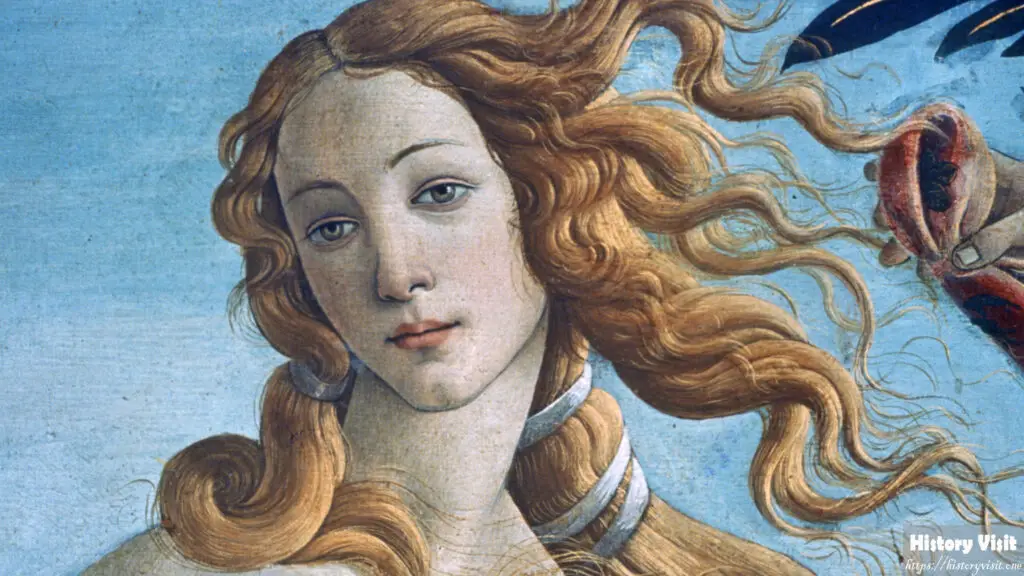
Introduction of Renaissance
The Renaissance, spanning from the 14th to the 17th century, marked a pivotal era in European history, heralding a profound transformation in art, science, and thought. This period, often referred to as the “rebirth,” witnessed an extraordinary revival of classical antiquity’s intellectual and cultural achievements. The Renaissance bridged the gap between the Middle Ages and modernity, profoundly influencing the development of Western civilization. The essence of this epoch lies in its remarkable contributions to both art and science, reshaping human perception and understanding of the world.
During the Middle Ages, Europe was predominantly characterized by a theocentric worldview, where the church held significant sway over intellectual pursuits and daily life. The Renaissance emerged as a response to this period, driven by a renewed interest in humanism—a philosophy that emphasized the value and agency of human beings individually and collectively. This intellectual awakening fostered advancements in various fields, paving the way for the scientific revolution and the flourishing of artistic expression.
This article delves into the multifaceted nature of the Renaissance, exploring the historical context that gave rise to this remarkable era. It examines the groundbreaking achievements in art and science, the interconnection between these disciplines, and the enduring legacy of the Renaissance. By understanding this pivotal period, we gain insights into the foundations of modern Western culture and appreciate the transformative power of human creativity and intellect.
Historical Context about Renaissance
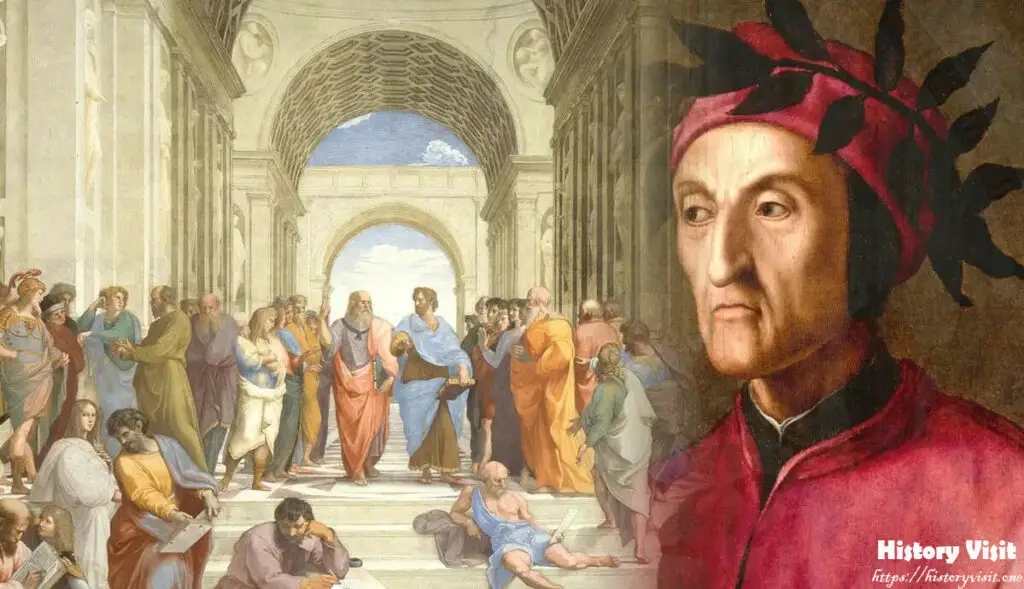
The Renaissance emerged from the complex socio-political landscape of late medieval Europe. The decline of feudalism and the rise of more centralized forms of government created an environment conducive to cultural and intellectual change. The catastrophic Black Death of the mid-14th century, which decimated Europe’s population, paradoxically contributed to the Renaissance by leading to economic shifts and changes in social structures, encouraging people to question traditional norms and explore new ideas.
Classical antiquity, especially the works of Greek and Roman philosophers, scientists, and artists, profoundly influenced the Renaissance. The fall of Constantinople in 1453 played a critical role in this cultural revival. As Byzantine scholars fled to the West, they brought with them a wealth of classical texts and knowledge, which rekindled interest in ancient learning. Humanists like Petrarch and Erasmus championed the study of these texts, advocating for a return to the classical ideals of beauty, reason, and critical inquiry.
The burgeoning city-states of Italy, such as Florence, Venice, and Rome, became epicenters of Renaissance activity. Their relative political stability and prosperity provided fertile ground for artistic and scientific innovation. Wealthy patrons, including the Medici family in Florence, played a crucial role in this cultural flowering. They supported artists, architects, and scholars, fostering an environment where creativity and intellectual pursuits could thrive. This patronage system not only fueled artistic production but also facilitated the dissemination of new ideas across Europe.
Renaissance Art
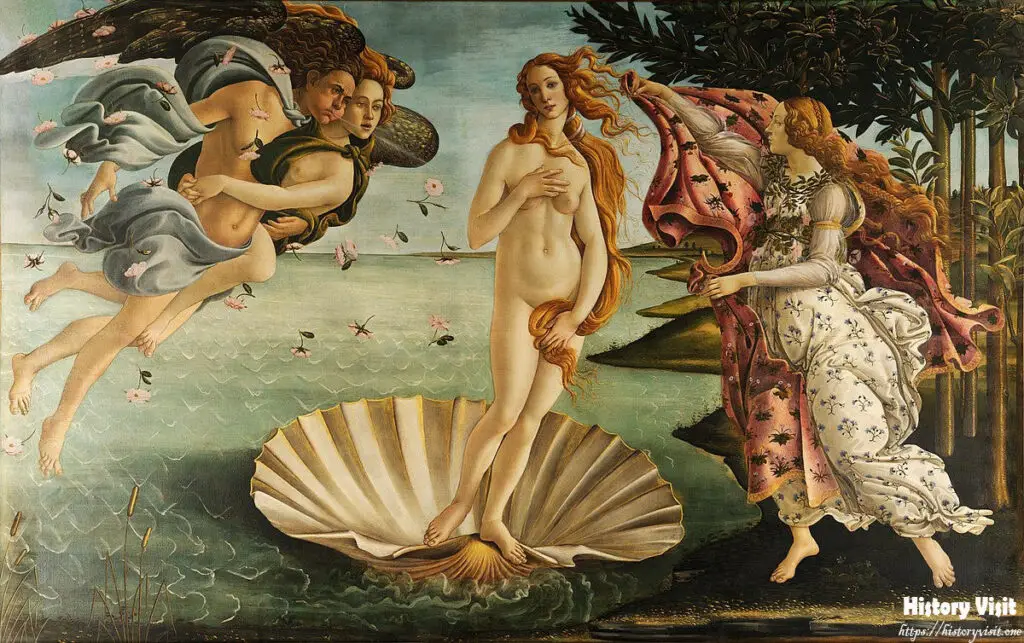
Renaissance art is characterized by a renewed interest in the natural world, human anatomy, and the application of scientific principles to achieve realism and depth. This period saw the development of techniques that revolutionized the way artists depicted the human experience. One of the most significant advancements was the use of linear perspective, which created the illusion of depth on a flat surface. Pioneered by Filippo Brunelleschi and later refined by artists like Leonardo da Vinci and Albrecht Dürer, this technique allowed for more accurate and proportionate representations of space and form.
Leonardo da Vinci epitomizes the Renaissance artist, merging scientific inquiry with artistic brilliance. His masterpieces, such as “The Last Supper” and “Mona Lisa,” showcase his profound understanding of anatomy, light, and shadow. Leonardo’s meticulous studies of the human body, based on dissections and careful observation, informed his art, resulting in lifelike and dynamic figures. His notebooks, filled with sketches and scientific observations, illustrate his belief that art and science are inextricably linked, both rooted in the observation of nature.
Michelangelo Buonarroti, another towering figure of the Renaissance, made significant contributions to both art and architecture. His sculpture “David” exemplifies the Renaissance ideal of the heroic human form, combining classical beauty with emotional intensity. Michelangelo’s work on the Sistine Chapel ceiling, particularly the iconic “Creation of Adam,” demonstrates his mastery of human anatomy and his ability to convey complex theological concepts through visual art. His architectural achievements, including the design of the dome of St. Peter’s Basilica, further underscore the interplay between artistic vision and technical expertise.
Renaissance Science
The Renaissance marked a paradigm shift in scientific thought, characterized by a move away from purely speculative ideas to empirical observation and experimentation. This era laid the groundwork for the scientific revolution, fundamentally changing the way humans understand the natural world. Central to this transformation was the revival of classical texts and the application of critical thinking and humanist principles to scientific inquiry.
Nicolaus Copernicus, a pivotal figure in Renaissance science, challenged the long-held geocentric model of the universe, which placed the Earth at the center. His seminal work, “De revolutionibus orbium coelestium” (On the Revolutions of the Heavenly Spheres), proposed a heliocentric model, positioning the Sun at the center of the universe. Although initially met with resistance, Copernicus’s theory revolutionized astronomy, paving the way for future astronomers like Johannes Kepler and Galileo Galilei to further develop and validate his ideas.
Galileo Galilei, often hailed as the father of modern observational astronomy, made groundbreaking contributions to physics, astronomy, and scientific methodology. His improvements to the telescope allowed him to make unprecedented observations, such as the moons of Jupiter and the phases of Venus, providing empirical support for the heliocentric model. Galileo’s work on the laws of motion and his advocacy for the use of experimentation and mathematical analysis laid the foundation for modern physics. His conflict with the Catholic Church over the heliocentric theory underscores the tension between science and religion during the Renaissance.
Andreas Vesalius, a pioneering anatomist, revolutionized the study of human anatomy with his publication “De humani corporis fabrica” (On the Fabric of the Human Body). Based on meticulous dissections, Vesalius’s detailed and accurate anatomical illustrations corrected many of the errors found in ancient texts and provided a more accurate understanding of the human body. His work exemplifies the Renaissance spirit of inquiry and the emphasis on direct observation and empirical evidence.
The Interconnection of Art and Science
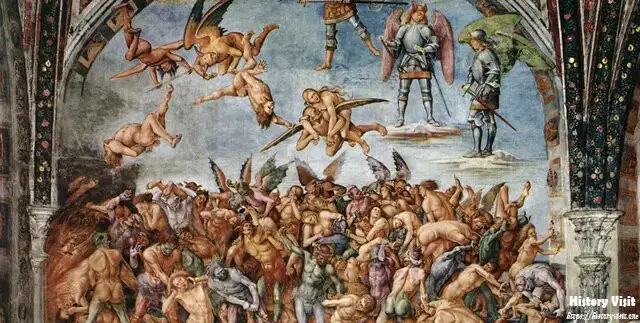
The Renaissance was a period where the boundaries between art and science were remarkably fluid, leading to a dynamic interplay between these disciplines. Artists and scientists often drew inspiration from each other, resulting in a cross-pollination of ideas that fueled innovation and creativity. This interconnection is perhaps best exemplified by polymaths like Leonardo da Vinci, whose work seamlessly integrated artistic and scientific pursuits.
Leonardo da Vinci’s contributions to both art and science are legendary. His anatomical studies, based on dissections and detailed observations, informed his art, resulting in more realistic and dynamic representations of the human form. Simultaneously, his artistic skills enhanced his scientific illustrations, making complex concepts more comprehensible. Leonardo’s notebooks, filled with sketches and scientific observations, cover a wide range of topics, from anatomy and physiology to engineering and hydraulics. His interdisciplinary approach exemplifies the Renaissance ideal that art and science are complementary ways of understanding and representing the world.
The role of patronage during the Renaissance was crucial in fostering the interconnection between art and science. Wealthy patrons, such as the Medici family in Florence, funded artists and scientists, encouraging a collaborative environment where ideas could be exchanged and developed. The Medici court, for example, supported figures like Michelangelo and Galileo, creating a vibrant intellectual community. This patronage system facilitated the dissemination of new ideas and technologies, contributing to the cultural and intellectual flourishing of the Renaissance.
Architecture during the Renaissance also illustrates the fusion of art and science. Architects like Filippo Brunelleschi and Leon Battista Alberti applied mathematical principles and scientific knowledge to their designs, creating structures that were not only aesthetically pleasing but also structurally sound. Brunelleschi’s development of linear perspective revolutionized architectural drawing, allowing for more accurate and proportionate designs. His work on the dome of the Florence Cathedral, combining innovative engineering techniques with artistic vision, remains a testament to the synergy between art and science during the Renaissance.
Legacy of the Renaissance
The Renaissance’s impact on European society and beyond is profound and enduring. This period of intense cultural and intellectual activity laid the groundwork for the modern world, influencing various aspects of life, from art and science to politics and education. The Renaissance’s legacy can be seen in the subsequent periods of history, particularly the Enlightenment, which further developed the ideas and values that emerged during the Renaissance.
One of the most significant legacies of the Renaissance is the development of the scientific method, characterized by empirical observation, experimentation, and the use of reason. This approach to understanding the natural world fundamentally changed the course of scientific inquiry and led to numerous discoveries and technological advancements. The Renaissance emphasis on critical thinking and skepticism toward traditional authority paved the way for the Enlightenment and the eventual separation of science from religious doctrine.
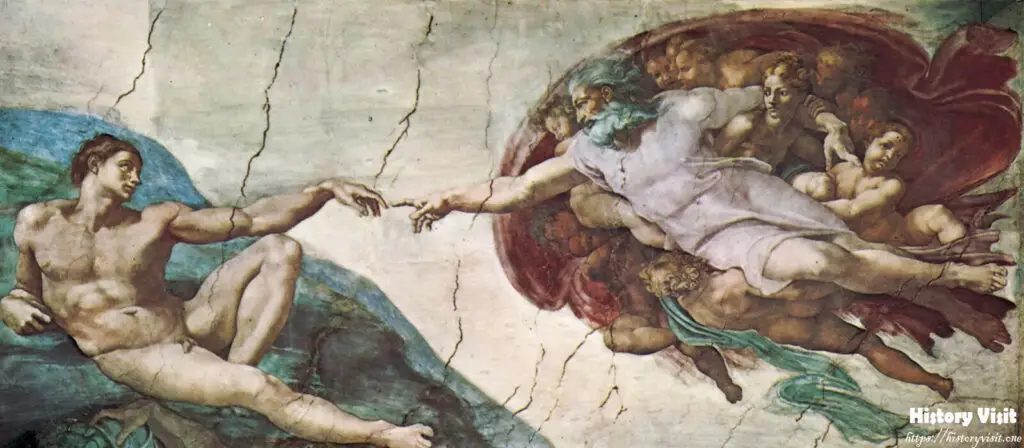
In the realm of art, the techniques and principles developed during the Renaissance continue to influence artists and architects. The use of perspective, the study of human anatomy, and the emphasis on realism and proportion became foundational elements of Western art. The works of Renaissance masters like Leonardo da Vinci, Michelangelo, and Raphael remain benchmarks of artistic excellence, inspiring countless generations of artists. The Renaissance also saw the rise of the artist as a respected and independent creator, a status that continues to shape the perception and role of artists in society.
The Renaissance also had a lasting impact on education and the dissemination of knowledge. The invention of the printing press by Johannes Gutenberg around 1440 revolutionized the way information was shared, making books more accessible and affordable. This technological advancement facilitated the spread of Renaissance ideas and the proliferation of classical texts, contributing to higher literacy rates and the growth of education. The humanist emphasis on classical learning and critical inquiry influenced the development of modern educational systems, promoting a curriculum that includes the arts, sciences, and humanities.
Conclusion
The Renaissance stands as a monumental period in history, a time when the convergence of art and science led to unprecedented cultural and intellectual growth. This era, defined by its revival of classical antiquity and the rise of humanism, transformed the way people perceived and interacted with the world. The Renaissance not only produced masterpieces of art and groundbreaking scientific discoveries but also laid the foundations for the modern Western worldview.
Reflecting on the Renaissance allows us to appreciate the profound impact of creativity and intellect on human progress. The achievements of figures like Leonardo da Vinci, Michelangelo, Copernicus, and Galileo remind us of the power of interdisciplinary thinking and the importance of fostering environments where art and science can flourish together. Their work exemplifies the Renaissance ideal that the pursuit of knowledge and beauty are complementary endeavors, each enriching our understanding of the other.
The legacy of the Renaissance continues to resonate in contemporary society, influencing our cultural, scientific, and educational landscapes. By studying this remarkable period, we gain valuable insights into the roots of modernity and the enduring importance of creativity, critical thinking, and the relentless pursuit of knowledge. The Renaissance teaches us that by looking back to our cultural and intellectual heritage, we can find inspiration to drive future innovations and enrich the human experience.


